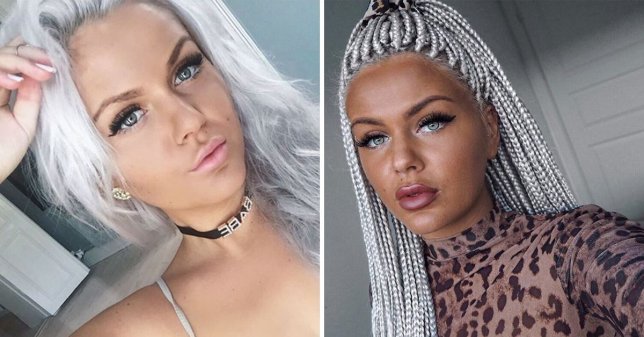Almost every Friday morning I wake up excited for the weekend, but most importantly smelling of trusty St. Moriz fake tan. It seems absurd that this weekly ritual could be called racist, but with more and more girls opting for this ‘darker than dark’ exterior we can start to wonder where we draw the line.
This debate has sparked after the problematic trend of ‘blackfishing’ which focuses on girls on social media who aren’t pretending to be other people, but are manipulating their skin, hair and facial features to appear to be a race that they aren’t. The majority of these girls are white European and the majority of the features that are being adopted are those that belong to ethnic minorities. The use of this new term comes with a wave of people across all social media’s outing these girls, with before and after pictures of girls who are considered to be ‘blackfishing’. At first it can seem like cultural appropriation has gotten out of control, as surely certain races don’t own certain features. But as more and more pictures began circulating I realised that I myself have been caught out by multiple influencers that I follow on Instagram, who I believed to be of various races and all turned out to be white. The extent of how problematic this trend is has been debated, as these influencers all adamantly repeat that they never claimed to be any race other than their own. But if thousands of their followers were convinced that these girls were women of colour there must have been an active choice by these women to masquerade as another race in order to up their follower count.

@eemmahallberg (From her own Instagram story)
Although the name ‘blackfishing’ is new, this trend is not. As various celebrities, most famously the Kardashians are arguably the leaders of a trend which has popularised typically black features. The Kardashians have led the way for the movement of the ideal body type from the size 0 supermodel of the 90s and 00s to the much fuller hour-glass figure that is idealised currently. Although they are not completely white, the body type, facial features and hair that the Kardashian family adopt are ones from the black community. This ‘Kardashian effect’ has led to these features becoming a popular trend. As celebrities and Instagram influencers adopt a black aesthetic and capitalise on these features to gain opportunities that then obstruct actual women of colour. It is not just the applying of fake tan or wearing of hairstyles that is offensive, but the combined effect of these attributes in an attempt to follow the latest trend of being ethnically ambiguous. These features are ones that have been perceived negatively when naturally occurring on women of colour for centuries, but have been celebrated since these white women have adopted them. The most problematic part of this ‘blackfishing’ trend is not the adopting of these features, but the use of different racial appearances as a trend that will inevitably be removed once another body and face type becomes ideal. This white privilege is shown in action on Ariana Grande’s Vogue cover in comparison to her recent look. Here we can see a white women’s ability to remove features when they are not desirable, such as in high fashion, which is something that women of colour are physically unable to do.

Although we can all accept that a weekly self-tan is not racist on it’s own, this culture of ‘blackfishing’ reveals much deeper issues, as the boundary between appreciation and appropriation of another race is a difficult one to navigate. It’s time to stop treating features as a trend and focus as much energy into supporting other cultures as we spend on using them as inspiration.
Tilly Judges
Cover Image: henote

